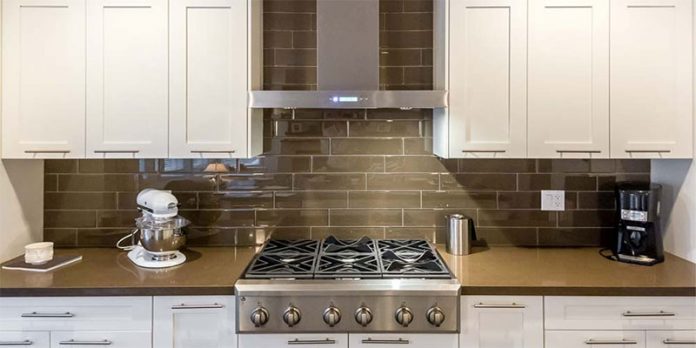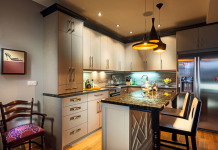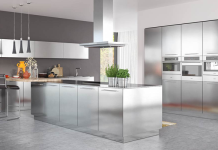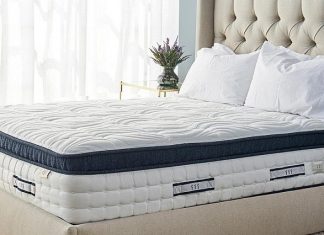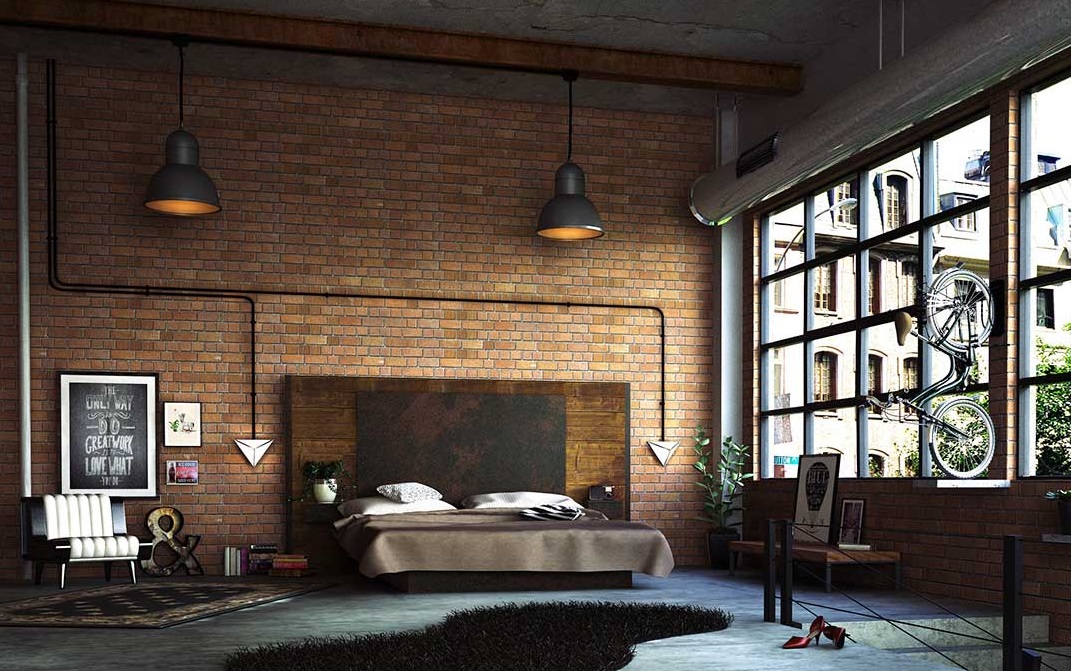No matter what your kitchen setup is, there’s no denying that you need a range hood. With the majority of air pollutants in a household stemming from the kitchen, it’s clear that you need an effective solution for eliminating them and keeping your home and family safe. A great range hood keeps your kitchen running safely and efficiently. It removes smoke, oil, fumes, heat, and odor to maintain the overall health integrity of your space. Depending on the range hood you choose, it can even create a stylish focal point that may improve the value perception of your property if you plan to sell later down the line.
Although there are numerous benefits of having a range hood, many homeowners don’t think twice about this product. Although it’s an integral part of every house, its “miracles” are performed silently in the background. As a result, many people turn a blind eye.
One of the reasons why homeowners may not prioritize searching for a range hood is because the hunt can be overwhelming—especially if you don’t know what to search for or where to start. There are many factors to consider, including ventilation type, mount style, and size.
Understanding the ideal hood range size and how high to hang it will prevent you from investing (emotionally and financially) in a range that won’t work well with your kitchen. The first thing you need to know is that hood power is measured in cubic feet per minute (CFM). When it comes to determining the best size for your range hood, you’ll need to keep CFM in mind. Here’s what you need to know:
The Importance of Range Hood Size
The size of your wall mount range hood is important for several reasons. If your dimensions are too high, you’ll certainly spend more money than you need to. And if its height isn’t the right size, it will likely fail to perform as efficiently as it should. You might also find your head hitting the hood if the size calculations are off, resulting in an uncomfortable cooking experience time and time again.
Working With Width
Your range hood should be just slightly larger than your stovetop or the same exact size of your stovetop. Ranges that are larger than the stovetop should have an equal distance extending on the left and right sides. Larger range hoods should be no wider than three inches extra on each side. For example, the most common stove width is 30 inches. With a 30-inch stove, you might have a range width of 26 inches.
The general rule of thumb is that forever 12 inches of your stove top width, you should have 100 CFM of power in your range hood. This means that for a 300-inch stovetop, your CFM should be at least 250. This insurers maximum coverage for your burners. Be sure to take your own measurements to double check width.
Hood Height & Depth
What should your range’s height be? To start with, you should account for 30-36 inches of space between the base of your stovetop and the bottom of your hood. If it’s hung higher than 36 inches, it could negatively impact the functionality of the range and may even be against warranty coverage. If you have an island stove top, you can do a little math to determine the best hood height. Subtract the height of your stove from the height of your ceiling. Then subtract between 30-36 inches to determine possible height options. The same calculation should be used if you want your range hood extended to the ceiling wall with no cabinetry blocking it.
Calculating the depth of your hood is simple. Measure the depth of your cooking surface from front to back. The depth of your hood should be 2-3 inches less than the depth of your stove top. This head clearance gap will prevent you from hitting your head as you cook.
Gas Stoves vs. Electric Stoves
Gas stove tops emit more heat than electric stovetops, which means range hoods will require more power and higher levels of CFM. The power and output in gas stovetops is measured in British Thermal Units (BTUs). A single BTU produces the amount of power and heat necessary to heat one pound of water by one degree. Gas stove tops are measured in BTU per hour, and you can find your BTU on the label in the back of the stove. If you can’t locate it, or if it’s illegible, research the make and model of your stove. Check out this guide on how to calculate the BTU output of a stove.
Find the Right Contractor
The aforementioned information offers a great headstart on searching for the best range hood size for your kitchen. From here, you can accurately begin to look at options that work for you. However, when it comes to installation, always work with a professional contractor to avoid bigger issues later down the line. Installation will typically cost between $300 to $600, depending on the type of labor needed. Talk to several contractors to gather different quotes.
